Diversity, Equity, and Inclusion (DEI) training, often referred to as diversity training, is an educational process designed to promote awareness, understanding, and positive action in the areas of diversity, equity, and inclusion within organizations and society at large. In this article, we delve into the concept of DEI training, explore its key objectives and components, and discuss its significance in fostering diverse and inclusive environments.
At its core, DEI training aims to create workplaces and communities where individuals from diverse backgrounds, including race, gender, age, sexual orientation, and abilities, feel valued, respected, and included. It seeks to address systemic biases, discrimination, and inequalities that may exist and provide individuals with the knowledge and skills needed to foster more inclusive environments.
Objectives of DEI Training
Awareness and Understanding: DEI training seeks to raise awareness about diversity-related issues and foster a deeper understanding of the experiences of marginalized groups. Participants learn about the challenges faced by individuals with different backgrounds and perspectives.
Bias Recognition: DEI training helps individuals recognize and confront their own biases and prejudices. It provides tools and strategies to mitigate unconscious bias in decision-making processes.
Cultural Competence: Cultural competence is a key goal of DEI training. Participants learn to interact effectively with individuals from diverse backgrounds and develop skills for cross-cultural communication.
Inclusive Leadership: DEI training often targets leaders and managers, equipping them with the skills and knowledge needed to create inclusive work environments and lead by example.
Equity and Fairness: The training emphasizes the importance of equity and fairness in policies, procedures, and decision-making. It encourages organizations to address systemic disparities and promote equal opportunities for all.
Key Components of DEI Training
Interactive Workshops: DEI training often involves interactive workshops that encourage participants to engage in discussions, share experiences, and challenge their assumptions.
Case Studies: Real-life case studies and scenarios are used to illustrate the impact of bias and discrimination in various contexts.
Role-Playing: Role-playing exercises allow participants to step into the shoes of others and gain empathy for different perspectives.
Unconscious Bias Training: A significant component of DEI training is the exploration of unconscious bias, which helps participants recognize and address hidden biases that can influence decision-making.
Inclusive Language and Communication: Training includes guidance on using inclusive language and effective communication techniques that promote understanding and respect.
Policy and Organizational Review: DEI training often involves a review of organizational policies and practices to identify areas where changes are needed to promote equity and inclusion.
Benefits of DEI Training
Enhanced Workplace Culture: DEI training contributes to a more inclusive and respectful workplace culture where diversity is celebrated, and all voices are heard.
Improved Employee Morale: Employees who feel valued and included are more likely to be motivated and satisfied in their roles.
Talent Attraction and Retention: Organizations that prioritize diversity and inclusion are more attractive to a diverse pool of talent and are better equipped to retain employees.
Innovation and Creativity: Diverse teams are often more innovative and creative, bringing a variety of perspectives to problem-solving and decision-making.
Better Decision-Making: A diverse and inclusive workplace is more likely to make fair and informed decisions that consider a broader range of perspectives.
DEI training is a vital tool for fostering diversity, equity, and inclusion within organizations and society. It equips individuals with the knowledge and skills needed to recognize and address bias and discrimination while promoting a more inclusive and equitable environment. As organizations increasingly recognize the value of diversity and inclusion, DEI training plays a crucial role in creating positive, respectful, and fair workplaces and communities.
Approaches and Methods in DEI Training
Diversity, Equity, and Inclusion (DEI) training utilizes various approaches and methods to achieve its objectives of promoting awareness, understanding, and positive action in diversity-related issues. These approaches and methods are designed to engage participants effectively and foster a more inclusive environment:
- Interactive Workshops: Interactive workshops are a common method in DEI training. These sessions encourage active participation, discussions, and sharing of personal experiences. They create a safe space for participants to explore DEI topics, challenge biases, and learn from one another.
- Role-Playing Exercises: Role-playing exercises enable participants to step into the shoes of others and gain empathy for different perspectives. These simulations help individuals understand the impact of discrimination and bias on marginalized groups.
- Case Studies: Real-life case studies and scenarios are used to illustrate diversity-related challenges and situations. Participants analyze these cases to develop problem-solving skills and gain insights into addressing DEI issues.
- Unconscious Bias Training: DEI training often includes unconscious bias training. Participants learn to recognize and mitigate unconscious biases that may affect their decision-making and interactions.
- Inclusive Language and Communication Training: Effective communication is a crucial aspect of DEI. Training in inclusive language and communication techniques helps participants navigate conversations about sensitive topics while promoting understanding and respect.
- Diversity Panels and Guest Speakers: Inviting diverse guest speakers and organizing diversity panels allow participants to hear firsthand experiences and perspectives from individuals of various backgrounds. These events inspire dialogue and provide valuable insights.
- Cultural Competence Training: Cultural competence training focuses on understanding and respecting cultural differences. It equips participants with the skills needed to interact effectively with individuals from diverse cultural backgrounds.
- Policy and Organizational Review: DEI training may involve a review of an organization’s policies, procedures, and practices to identify areas where improvements are needed to promote equity and inclusion.
Practical Applications of DEI Training in Companies and Institutions
DEI training has practical applications in companies and institutions across various sectors. By embracing DEI principles, organizations can foster more inclusive environments and reap several benefits:
- Inclusive Workplaces: DEI training helps create inclusive workplaces where employees feel valued, respected, and able to bring their authentic selves to work.
- Improved Employee Morale: Employees who feel included and valued are more likely to be motivated and satisfied in their roles, leading to increased productivity and retention.
- Enhanced Creativity and Innovation: Diverse teams are known to be more creative and innovative, as they bring a wide range of perspectives to problem-solving.
- Better Decision-Making: Inclusive organizations make more informed and fair decisions that consider a broader range of perspectives, resulting in better outcomes.
- Talent Attraction and Retention: Companies that prioritize DEI are more appealing to a diverse pool of talent and are better equipped to retain employees.
- Positive Public Image: Organizations that demonstrate a commitment to DEI often enjoy a positive public image and reputation, which can attract customers and investors.
- Compliance with Regulations: DEI training helps organizations comply with legal and regulatory requirements related to diversity and discrimination.
Challenges and Future of DEI Training (H2)
While DEI training offers significant advantages, it also faces challenges and has exciting potential for the future:
- Resistance to Change: Resistance to DEI initiatives can be a challenge, as some individuals may be reluctant to confront biases or change established practices.
- Measuring Impact: Measuring the impact of DEI training can be challenging. Organizations need to develop effective evaluation metrics to assess the effectiveness of their programs.
- Inclusivity Across All Levels: Ensuring inclusivity at all organizational levels, including leadership positions, remains a challenge, as does addressing intersectionality and multiple dimensions of diversity.
- Ongoing Commitment: DEI is not a one-time effort but requires ongoing commitment and continuous improvement to be effective.
- Emerging Technologies: The integration of emerging technologies, such as AI and data analytics, can enhance DEI training by personalizing content and measuring impact.
- Expanding DEI to External Partners: Organizations are increasingly extending DEI principles to their external partners, including suppliers and clients, to promote a more inclusive ecosystem.
- Cultural Competence for Global Workforces: As organizations operate globally, the need for cultural competence and DEI training for international workforces is growing.
DEI training is a powerful tool for promoting diversity, equity, and inclusion in companies and institutions. By utilizing various approaches and methods, organizations can create inclusive environments, enhance workplace culture, and achieve positive outcomes. While challenges exist, the future of DEI training holds exciting potential as technology advances and organizations increasingly recognize the value of diversity and inclusion.






